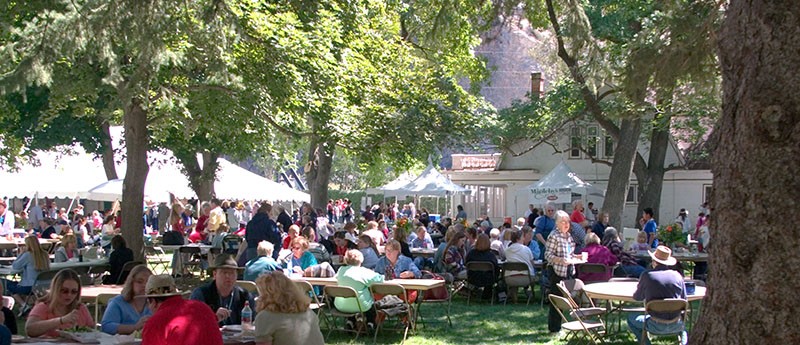29 Years? There’s gotta be a reason!

I have attended every Festival, and have worked on the committee, in some capacity, for 28 of its 29 years. If you’re doing something for that long, you better have a really good reason—or two.

I have attended every Festival, and have worked on the committee, in some capacity, for 28 of its 29 years. If you’re doing something for that long, you better have a really good reason—or two.
We are a storytelling people. Humans have been doing it since the dawn of time, and while there are plenty of other storytelling mediums around these days, oral storytelling is seeped in history, tradition, and the ability to captivate the listener in a way no other medium can.
Can you think of the first really scary story that you heard? Perhaps it was a ghost story at a sleepover, or an urban legend around a campfire. Do you remember how you felt? If you are like me, you probably felt fear and excitement simultaneously. What is it that draws us to these stories? Is it just the adrenaline rush, or is there something we can learn about ourselves in these dark corners?
Rev up your appetite for the upcoming Festival with some films that celebrate storytelling. At the end of this article is a list of movies that pay homage to the art of oral storytelling. If you want to read about upcoming movies and get scholarly with your study of film and storytelling, read on. If you would rather just look through the movie list, skip forward. Either way, enjoy the celebration, and we’ll see you at the Festival!